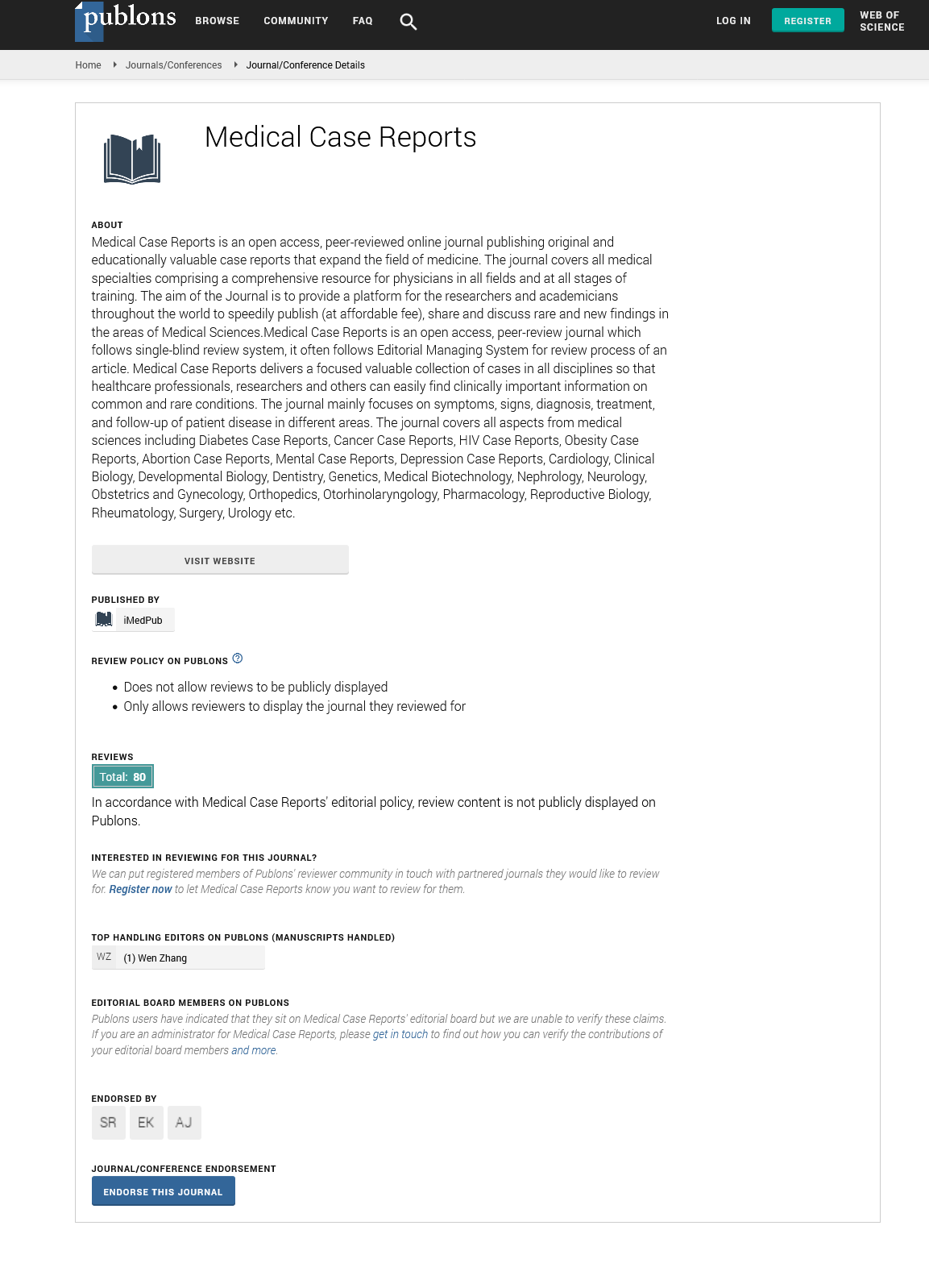Abstract
Atypical infections a sequalae to cosmetic botulinum toxin procedures
Statement of the Problem: The incidence of cutaneous non-tuberculous mycobacterial infections is rising, possibly as a result of an increase in the number of cosmetic procedures being performed. Mycobacterium immunogenum is a non-tuberculous mycobacterium, first described in 2001. It is a rapidly growing mycobacterium, genetically related to Mycobacterium abscessus and Mycobacterium chelonae which are more commonly identified species of infection. Nevertheless, there are still only a few cases of cutaneous Mycobacterium immunogenum infections reported in the literature. Findings: Mycobacterium immunogenum has been isolated in metal working fluid and associated with hypersensitivity pneumonitis in industrial metal grinding machinists M. immunogenum has also been associated with cases of keratitis, peritoneal dialysis catheter site infection, intravenous catheter infections, pacemaker related sepsis, septic joint and chronic pneumonia. Interestingly, a recent case report found a case of mycobacterium immunogenum infection following an injection of botulinum toxin (Botox) was reported. This patient was an otherwise well 34-year-old woman presented with a tender, erythematous nodule over the left mandible, three and a half months after receving Botox injection into her masseters for teeth grinding. Mycobacterium immunogenum was isolated from the aspirate culture. Conclusion & significance: There are only a few cases of cutaneous M. immunogenum infections reported in the literature. Cutaneous infections have been reported to follow tattooing, shaving, mesotherapy and excision of skin lesion. These infections may have occurred because of inadequate sterilization processes, or contamination of Botox needles, dissolving water or antiseptics. Although there is no standard therapy, prolonged antibiotic therapy (several months) is usually required, with clarithromycin being the most common agent used. Clinicians should suspect atypical mycobacterial infections in patients with inflammatory lesions following cosmetic procedures particularly when there is little response to convectional antibacterial therapy. Culture of fluid aspirate, and possible biopsy for histopathology and culture may be required to make the diagnosis.
Author(s):
Janice Yeon, Renee Chan, Haady Fallah
Abstract | PDF
Share this

Google scholar citation report
Citations : 241
Medical Case Reports received 241 citations as per google scholar report
Medical Case Reports peer review process verified at publons
Abstracted/Indexed in
- Google Scholar
- China National Knowledge Infrastructure (CNKI)
- Cosmos IF
- Directory of Research Journal Indexing (DRJI)
- WorldCat
- Publons
- Secret Search Engine Labs
- Euro Pub
Open Access Journals
- Aquaculture & Veterinary Science
- Chemistry & Chemical Sciences
- Clinical Sciences
- Engineering
- General Science
- Genetics & Molecular Biology
- Health Care & Nursing
- Immunology & Microbiology
- Materials Science
- Mathematics & Physics
- Medical Sciences
- Neurology & Psychiatry
- Oncology & Cancer Science
- Pharmaceutical Sciences


